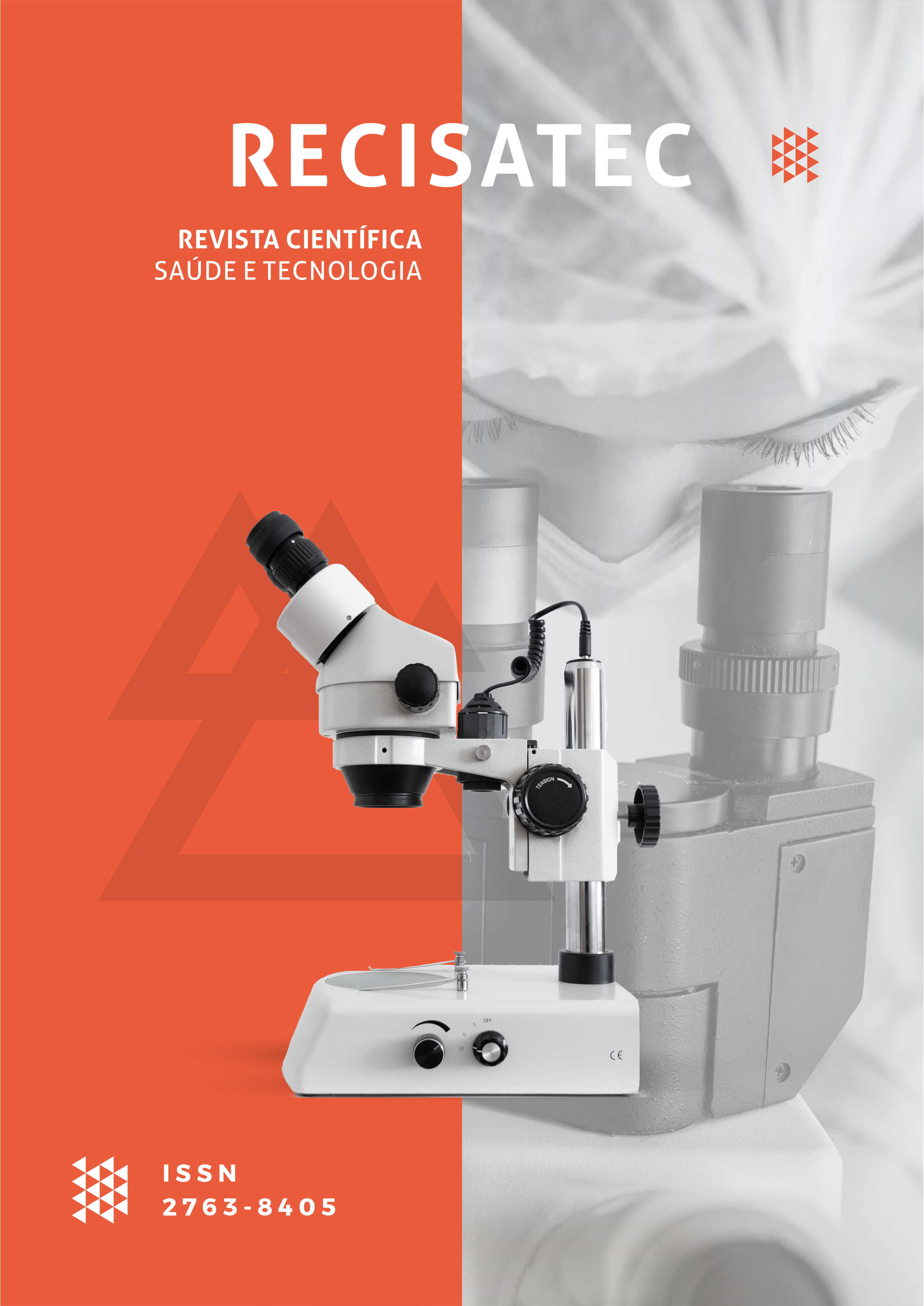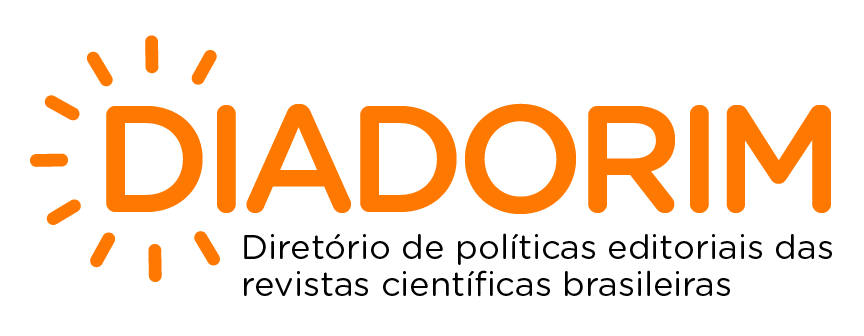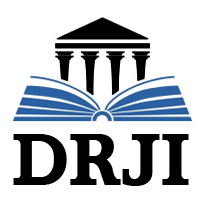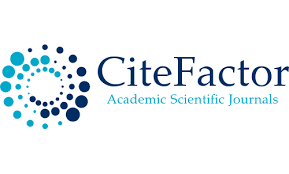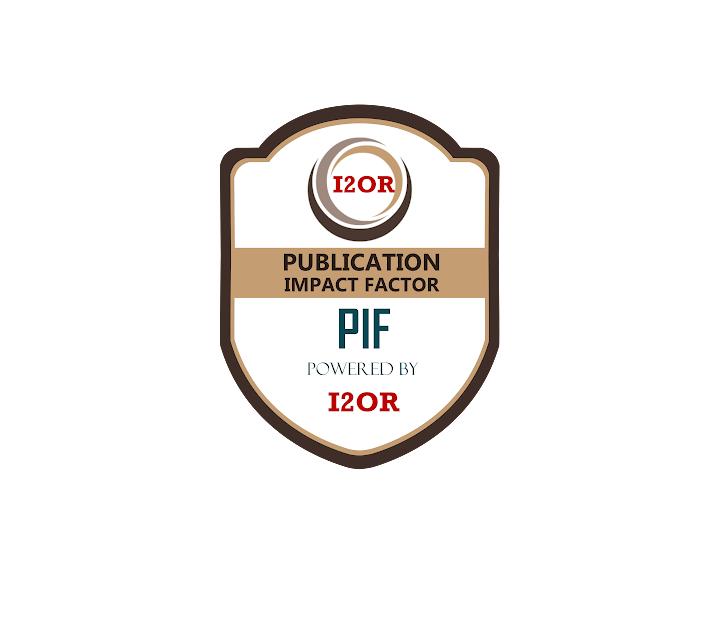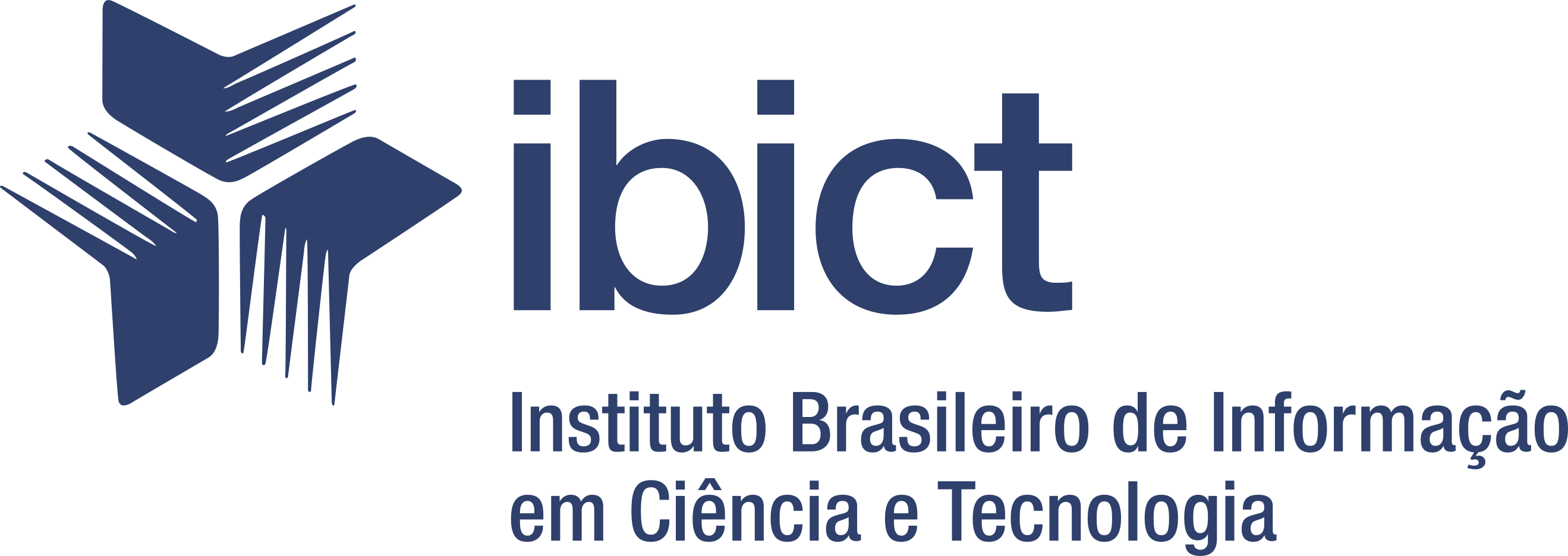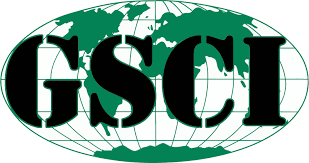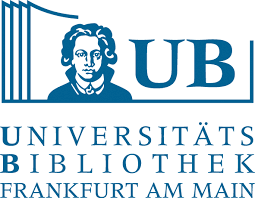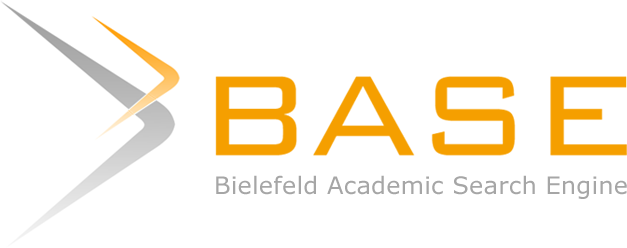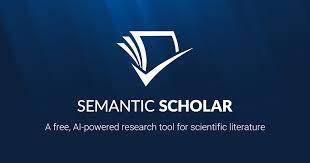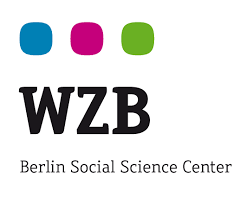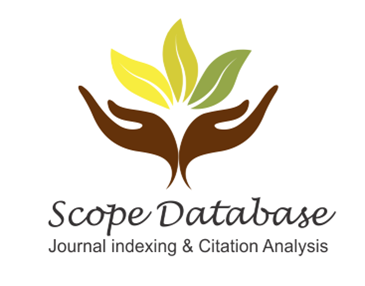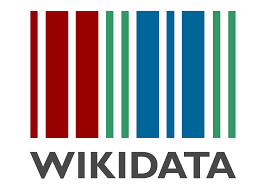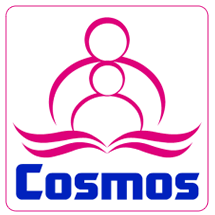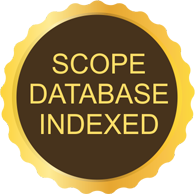CÉLULAS MADRE EN EL TRATAMIENTO DEL DOLOR
DOI:
https://doi.org/10.53612/recisatec.v2i7.156Palabras clave:
humano está compuesto por cientos de células, entre estas cientosResumen
El cuerpo humano está compuesto por cientos de células, entre estas cientos, hay las llamadas células madre, que tienen la capacidad de dar lugar a diversos tejidos y son responsables de formar nuestros órganos. Es posible que a través de este potencial regenerador de las células madre en las células nerviosas, las células madre tengan un efecto terapéutico sobre las neuropatías, que son consecuencias de disfunciones o lesiones en el sistema nervioso. Estudios recientes han corroborado que la administración de células madre puede conducir a la reducción del dolor neuropático conductual no solo en modelos experimentales con ligadura del nervio ciático, sino también con neuropatía diabética. El objetivo principal de este estudio es revisar la literatura sobre qué formas y usos de las células madre para el tratamiento del dolor neuropático. El método utilizado para realizar este estudio fue la revisión bibliográfica sistemática, y los resultados se obtuvieron de ocho publicaciones seleccionadas. Se concluyó con este trabajo que existen varios registros que corroboran los efectos positivos obtenidos en el tratamiento del dolor neuropático utilizando células madre trasplantadas de diferentes orígenes y para diferentes tratamientos del dolor, pero se enfatiza que se debe hacer más investigación sobre el tema para estandarizar el tratamiento.
Descargas
Citas
ALVES, Endrigo Gabellini Leonel. Isolamento e cultivo de células tronco mesenquimais extraídas do tecido adiposo e da medula óssea de cães. Cienc. anim. bras. Goiânia, v. 18, p. 1-14, 2017. DOI: https://doi.org/10.1590/1089-6891v18e-34050
ALVES, Suelen; COTTAFAVA, Shirley; FERRO, Claudineia Almeida; SANTOS, Jaciara Aparecida; SANTOS, Kelly Ferreira; CIPRIANO, Daniela Zacarias; FRASSON, Fernanda; DIAS, Leoni Adriana de Souza. O uso terapêutico de células tronco. Revista saúde em foco. v. 11, 2019.
BAILEY, P.; HOLOWACZ, T.; LASSAR, A. B. The origin of skeletal muscle stem cells in the embryo and the adult. Curr. Opin. Cell Biol. v. 13, p. 679-699, 2001. DOI: https://doi.org/10.1016/S0955-0674(00)00271-4
BERNÁ, G. et al. Stem cells and diabetes. Biomed. Pharmacother. v. 55, p. 206-212, 2001. DOI: https://doi.org/10.1016/S0753-3322(01)00050-6
BJORNSON, C. R. R. et al. Turning brain into blood: a hematopoietic fate adopted by adult neural stem cells in vivo. Science. v. 283, p. 534-537, 1999. DOI: https://doi.org/10.1126/science.283.5401.534
CAPLAN, A.I. Why are MSCs therapeutic? New data: new insight. Journal of Pathology. v. 217, p. 318-324, 2009. DOI: https://doi.org/10.1002/path.2469
CHOPP, M. & LI, Y. Treatment of neural injury with marrow stromal cells. Lancet Neurology, v. 1, p. 92-100, 2002. DOI: https://doi.org/10.1016/S1474-4422(02)00040-6
CUTLER, C.; ANTIN, J. H. Peripheral blood stem cells for allogeneic transplantation: a review. Stem Cells. v. 19, p. 108-117, 2001. DOI: https://doi.org/10.1634/stemcells.19-2-108
DU, Xiao Jing; CHEN, Yue Xia; ZHENG, Zun Cheng; WANG, Nan; WANG, Xiao Yu; KONG, Fan E. Neural stem cell transplantation inhibits glial cell proliferation and P2X receptor-mediated neuropathic pain in spinal cord injury rats. Neural Regeneration Research. v. 14, n. 5, p. 876-885, 2019. DOI: https://doi.org/10.4103/1673-5374.249236
EVANGELISTA, Afrânio Ferreira. Avaliação do efeito do transplante de células-tronco mesenquimais derivadas de medula óssea em modelo murino de neuropatia periférica diabética. Mestrado (Dissertação) - Pós-Graduação em Saúde e Medicina Investigativa. Fundação Oswaldo Cruz. 2014.
FRANCHI, Silvia; CASTELLI, Mara; AMODEO, Giada; NIADA, Stefania; FERRARI, Daniela; VESCOVI, Angelo; BRINI, Anna Teresa; PANERAI, Alberto Emilio; SACERDOTE, Paola. Adult stem cell as new advanced therapy for experimental neuropathic pain treatment. BioMed Research International. v. 14, 2014. DOI: https://doi.org/10.1155/2014/470983
GAGE, F. H. Mammalian neural stem cells. Science. v. 287, p. 1433-1438, 2000. DOI: https://doi.org/10.1126/science.287.5457.1433
GRITTI, A.; VESCOVI, A. L.; GALLI, R. Adult neural stem cells plasticity and developmental potential. J. Physiol. v. 96, n. 1/2, p.81-89, 2002. DOI: https://doi.org/10.1016/S0928-4257(01)00083-3
GROUNDS, M. D. et al. The role of stem cells in skeletal and muscle repair. J. Histochem. Cytochem. v. 50, n. 5, p. 589-610, 002. DOI: https://doi.org/10.1177/002215540205000501
GUIMARÃES, E.T. CRUZ, G.S. ALMEIDA, T.F. SOUZA, B.S.F. KANETO, C.M. VASCONCELOS, J.F. SANTOS, W.L.C. SANTOS, R.R. VILLARREAL, C.F. SOARES, M.B.P. Transplantation of Stem Cells Obtained from Murine Dental Pulp Improves Pancreatic Damage, Renal Function and Painful Diabetic Neuropathy in 88 Diabetic Type 1 Mouse Model. Cell Trasplantation, v. 22, n. 12, p. 2345-2354, 2013. DOI: https://doi.org/10.3727/096368912X657972
GUSSONI, E. et al. Dystrophin expression in the mdx mouse restored by stem cell transplantation. Nature. v. 401, p. 390-394, 1999. DOI: https://doi.org/10.1038/43919
HAN, Yong Hee; KIM, Kyung Hoon; ABDI, Salahadin; KIM, Tae Kyun. Stem cell therapy in pain medicine. Korean J Pain. v. 32, n. 4, p. 245-255, 2019. DOI: https://doi.org/10.3344/kjp.2019.32.4.245
HUH Y, JI RR, CHEN G. Neuroinflammation, bone marrow stem cells, and chronic pain. Front Immunol. v. 8, 2017. DOI: https://doi.org/10.3389/fimmu.2017.01014
HWANG, Insik; HAHM, Suk Chan; CHOI, Kyung Ah; PARK, Sung Ho; JEONG, Hyesun; YEA, Ji Hye; KIM, Junesun; HONG, Sunghoi. Intrathecal transplantation of embryonic stem cell-derived spinal GABergic neural precursor cells attenuates neuropathic pain in a spinal cord injury rat model. Cell Transplantation. v. 25, p. 593-607, 2016. DOI: https://doi.org/10.3727/096368915X689460
LAMPERT, Angelika; BENNET, David L; MCDERMOTT, Lucy A; NEUREITER, Anika; EBERHARDT, Esther; WINNER, Beate; ZENKE, Martin. Human sensory neurons derived from pluripotent stem cells for disease modelling and personalized medicine. Neurobiology of Pain. 2020. DOI: https://doi.org/10.1016/j.ynpai.2020.100055
LEE, J. Y. et al. Clonal isolation of muscle-derived cells capable of enhancing muscle regeneration and bone healing. J. Cell Biol. v. 150, n. 5, p. 1085- 1100, 2000. DOI: https://doi.org/10.1083/jcb.150.5.1085
LIANG, L.; BICKENBACH, J. R. Somatic epidermal stem cells can produce multiple cell lineages during development. Stem Cells. v. 20, p. 21-31, 2002. DOI: https://doi.org/10.1634/stemcells.20-1-21
MINGUELL, J.J. et al. Biology and clinical utilization of mesenchymal progenitor cells. Brazilian Journal of Medical and Biological Research, v. 33, n. 8, p. 881-887, 2000. DOI: https://doi.org/10.1590/S0100-879X2000000800003
MIURA, K. OKADA, Y. AOI, T. et al., Variation in the safety of induced pluripotent stem cell lines. Nature Biotechnology, v. 27, p. 743-745, 2009. DOI: https://doi.org/10.1038/nbt.1554
MUSOLINO, P.L., et al. Bone marrow stromal cells induce changes in pain behavior after sciatic nerve constriction. Neuroscience Letters, v. 418, n. 1, p. 97-101, 2007. DOI: https://doi.org/10.1016/j.neulet.2007.03.001
ODORICO, J. S.; KAUFMAN, D. S.; THOMSON, J. A. Multilineage differentiation from human embryonic stem cell lines. Stem Cells. v. 19, p. 193-204, 2001. DOI: https://doi.org/10.1634/stemcells.19-3-193
PERA, M. F.; REUBINOFF, B.; TROUNSON, A. Human embryonic stem cells. J. Cell Sci. v. 113, p. 5-10, 2000. DOI: https://doi.org/10.1242/jcs.113.1.5
PITTENGER, M.F. et al. Multilineage potential of adult human mesenchymal stem cells. Science. v. 284, p. 143-147, 1999. DOI: https://doi.org/10.1126/science.284.5411.143
PEREIRA, Lygia da Veiga. Células tronco – promessas e realidade da terapia celular. Caderno de história da ciência. São Paulo, v. 2, n. 2, p. 49-56, 2010. DOI: https://doi.org/10.47692/cadhistcienc.2009.v5.35771
RIVERA, F.J.; COUILLARD-DESPRES, S. PLOETZ, X.P.S. CAIONI, M. LOIS, C. BOGDAHN, U. AIGNER, L. Mesenchymal stem cells instruct oligodendrogenic fate decision on adult neural stem cells. Stem Cells, v. 24, p. 2209–2219, 2006. DOI: https://doi.org/10.1634/stemcells.2005-0614
ROBEY, P. G. Stem cells near the century mark. J. Clin. Invest. v. 105, n. 11, p. 1489-1491, 2000. DOI: https://doi.org/10.1172/JCI10256
SANTOS, R. R. et al. Coleta e cultura de células-tronco obtidas da polpa de dentes decíduos: técnica e relato de caso clínico. Dental Press J Orthod. v.16, n.6, p. 111-118, 2011. DOI: https://doi.org/10.1590/S2176-94512011000600017
SILVEIRA, P. A. Hematopoiese: alguns aspectos. J. Bras. Nefrol. v. 22, p. 5-6, 2000.
SINISCALCO, D. GIORDANO, C. GALDERISI, U. et al. Intra-brain microinjection of human mesenchymal stem cells decreases allodynia inneuropathic mice. Cellular and Molecular Life Sciences, v. 67, p. 655-669, 2010. DOI: https://doi.org/10.1007/s00018-009-0202-4
SLACK, J. M. W. Stem cells in epithelial tissues. Science. v. 287, p. 1431-1433, 2000. DOI: https://doi.org/10.1126/science.287.5457.1431
SOUZA, V. F. et al. Células-tronco: uma breve revisão. R. Ci. Méd. Biol. v. 2, n. 2, p. 251-256, 2003. DOI: https://doi.org/10.9771/cmbio.v2i2.4292
TAKAHASHI, K. YAMANAKA, S. Induction of pluripotent stem cells from mouse embryonic and adult fibroblast cultures by defined factors. Cell, v. 126, p. 663-76, 2006. DOI: https://doi.org/10.1016/j.cell.2006.07.024
THOMSON, J. A. et al. Embryonic stem cell lines derived from human blastocysts. Science. v. 282, p.1145-1147, 1998. DOI: https://doi.org/10.1126/science.282.5391.1145
VADIVELU, Sudhakar D.O; WILLSEY, Matthew B.S; CURRY, Daniel J.M.D; MCDONALD, John W. Potential role of stem cells for neuropathic pain disorders. Neurosurg Focus. v. 35, n. 3, 2013. DOI: https://doi.org/10.3171/2013.6.FOCUS13235
VILLA, A. et al. Human neural stem cells in vitro: a focus on their isolation and perpetuation. Biomed. Pharmacother. v. 55, p. 91-95, 2001. DOI: https://doi.org/10.1016/S0753-3322(00)00032-9
WAGERS, A.J; WEISSMAN, I.L. Plasticity of Adult Stem Cells. Cell, v. 116, n. 5, p. 639–648, 2004. DOI: https://doi.org/10.1016/S0092-8674(04)00208-9
WATT, F. M.; HOGAN, B. L. M. Out of the Eden: stem cells and their niches. Science. v. 287, p. 1427-1430, 2000. DOI: https://doi.org/10.1126/science.287.5457.1427
XU, Qian; ZHANG, Minhao; LIU, Jian; LI, Weiyan. Intrathecal transplantation of neural stem cells appears to alleviate neuropathic pain in rats through release of GDNF. Annals of Clinical & Laboratory Science. v. 43, n.2, 2013.
YOUSEFIFARD, Mahmoud; NASIRINEZHAD, Farinaz; MANAHEJI, Homa Shardi; JANZADEH, Atousa; HOSSEINI, Mostafa; KESHAVARZ, Mansoor. Human bone marrow-derived and umbilical cord-derived mesenchymal stem cells for alleviating neuropathic pain in a spinal cord injury model. Stem Cell Research & Therapy. v. 7, n. 36, 2016. DOI: https://doi.org/10.1186/s13287-016-0295-2
ZUCCONI, E. et al. Mesenchymal stem cells derived from canine umbilical cord vein – a novel source for cell therapy studies. Stem Cells and Development, in proof, p. 1-33, 2009.
Descargas
Publicado
Cómo citar
Número
Sección
Categorías
Licencia
Derechos de autor 2022 RECISATEC - REVISTA CIENTÍFICA SALUD Y TECNOLOGÍA

Esta obra está bajo una licencia internacional Creative Commons Atribución 4.0.
Os direitos autorais dos artigos/resenhas/TCCs publicados pertecem à revista RECISATEC, e seguem o padrão Creative Commons (CC BY 4.0), permitindo a cópia ou reprodução, desde que cite a fonte e respeite os direitos dos autores e contenham menção aos mesmos nos créditos. Toda e qualquer obra publicada na revista, seu conteúdo é de responsabilidade dos autores, cabendo a RECISATEC apenas ser o veículo de divulgação, seguindo os padrões nacionais e internacionais de publicação.
